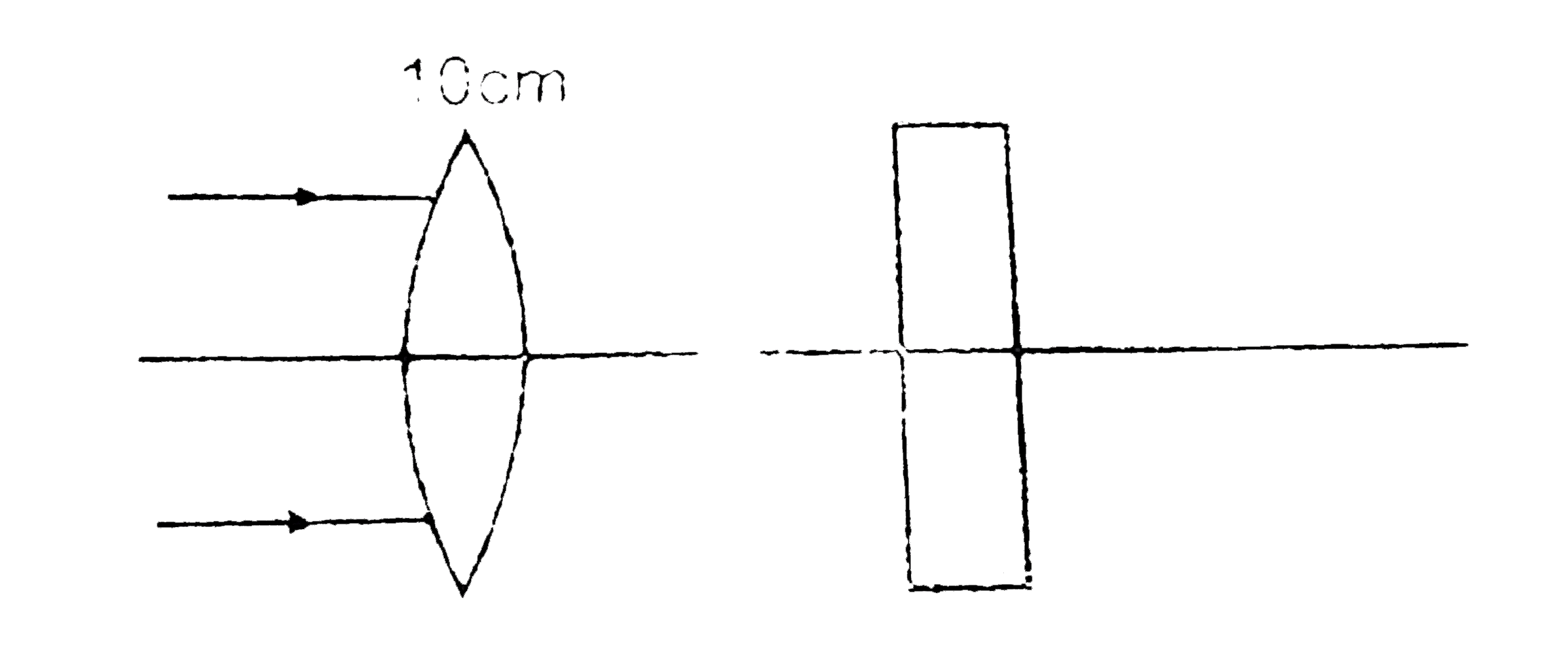A beam of linearly polarised is change into circularly palarised light by passing it through a slice of cryslal 0.003 cm thick. Calculate the difference n the refractive index of the two rays in the crystal assuming this to be minimum thickness that wil produce the effect and that the wavelength is cm.
Step by step video & image solution for A beam of linearly polarised is change into circularly palarised light by passing it through a slice of cryslal 0.003 cm thick. Calculate the difference n the refractive index of the two rays in the crystal assuming this to be minimum thickness that wil produce the effect and that the wavelength is 6xx10^(-5) cm. by Physics experts to help you in doubts & scoring excellent marks in Class 12 exams.
Updated on:21/07/2023Topper's Solved these Questions
Similar Questions
Calculate the difference in temperature between two sides of an iron plate 20 m m thick, when heat is conducted at the rate of 6×105 cal/min/m2. K for metal is 0.2 cals−1cm−1.∘C−1
View SolutionFind the thickness of a plate which will produce a change in optical path equal to half the wavelength λ of the light passing through it normally. The refractive index of the plate is μ.
View Solution
Knowledge Check
The time taken by a ray of light to travel through a glass slab of thickness 2 cm and refractive index 1.5 will be
A10^(-8) sB10−10sC2×10−8sD10−12sWhen light is incident on a soap film of thickness 5×10−5cm, wavelength which is maximum reflected in the visible region is 5320Å. The refractive index of the film will be :
A1.22B1.33C1.51D1.83Interference fringes were produced in Young's double slit experiment using light of wavelength 5000 Ã…. When a film of material 2.5×10−3cm thick was placed over one of the slits, the fringe pattern shifted by a distance equal to 20 fringe widths. The refractive index of the material of the film is
A1.25B1.33C1.4D1.5
Find the thickness of a plate which will produce a change in opticle path equal to half the wavelength λ of the light passing through it normally. The refractive index of the plate is μ.
View SolutionA parallel beam of light is incident on a lens of focal length 10 cm. A parallel slab of refractive index 1.5 and thickness 3 cm is placed on the other side of the lens. Find the distance of the final image from the lens.
 .
.
View SolutionA ray of light passes through two slabs of same thickness. In the first slab n1 waves are formed and in the second slab n2. Find refractive <br> index of second medium with respect to first.
View SolutionA light ray is incident at 45∘ on a glass slab. The slab is 3cm thick, and the refractive index of the glass is 1.5. What will the displacement of the ray be as a result of its passage through the slab? At what angle will the ray emerge formn the slab?
View SolutionDetemine how many times the intensity of a narrow beam of thermal neutrons will decrease after passing through the heavy water layer of thickness d=5.0cm. The effective cross-section are of neutrons quitting the beam due to scattering if the thickness of the plate is d=0.50cm. The effective cross-section of interaction of deuterium and oxygen nuclei with thermal neutrons are equal to σ1=7.0b and σs=11b respectivley.
View Solution